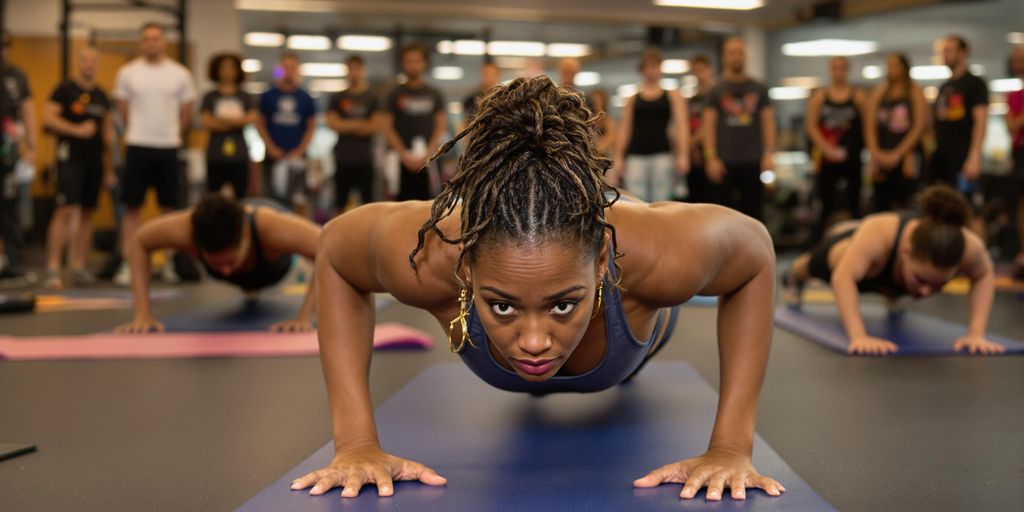Living in a world increasingly obsessed with the “perfect” body image and extremely active on social media, we are continuously bombarded with images of toned bodies, rigorous workout regimes and diets. Social media platforms, known just a decade ago as places for sharing life events and connecting with friends, have transformed into virtual fitness and diet clinics, where influencers shape trends and set unattainable standards. But are all these influencers genuine, or do they merely seek attention, views, and clicks?
One such fitness influencer, Hannah Barry, confessed her previous toxic practices to attract followers and revealed the consequences of such actions. She admitted how she exploited popular yet misleading practices in the fitness industry to draw attention and increase engagement on her posts.
In 2019, Hannah was a famous fitness influencer with a significant following and visibility. But beneath the surface, she now reveals, it was a world riddled with harmful practices. Hannah stated that she used to wake up at ungodly hours, just to film a quick session of ab-workouts at a quiet gym, because such videos would garner millions of views and likes. Brands were attracted to high engagement, and she felt validated by it.
She created an image of a happy, healthy, and fit personality; the flip side was far from perfect, though. Behind the screens, Hannah was struggling with an eating disorder, over-exercising, and extreme leanness. She would share videos of consuming full and balanced meals, but what remained hidden was her excessive cardio regimen that kept her dangerously underweight.
This dangerous cycle soon began to consume Hannah. Pretending to maintain the low body fat percentage, she was losing hair, growing fur-like lanugo: a common sign of anorexia, and constantly feeling overwhelmed. These toxic habits were done in the name of fitness and wellness, but in reality, they were harmful to both herself and her followers, who were being misled by her facade.
Realizing the damaging consequences of her actions, Hannah took a break from social media. She utilized her hibernation phase to nurture herself. She acknowledged her wrongdoings, confessed her problematic past and revealed the pitfalls of fitness influencing encouraging her followers to prioritize their well-being over appearances.
However, not all of her followers appreciated Hannah’s transparency or admired her bravery in owning her past mistakes. Some criticized her, stating that her confession and its timing were merely attempts to rebuild her image, not remorse for the distress her influence may have caused others.
Addressing this criticism, Hannah shared how her approach to health and exercise has changed entirely. As a recovered fitness influencer, she now believes that physical well-being should be sustainable and enjoyable. It shouldn’t sacrifice relationships, hinder job performance or affect hunger cues. She emphasizes the importance of internal validation over societal approval and advocates that feeling good about oneself is crucial.
Indeed, social media has fueled a rigid definition of beauty, creating a narrow perception of the ‘acceptable’ body type. Nonetheless, the true measure of health is not just our body weight, but a range of physical abilities and capabilities. We must understand that fitness and strength can manifest in various forms.
While Hannah’s transformation from a misleading fitness influencer to a self-aware mentor might not resonate with everyone, her courage to voice her past mistakes strikes a blow to the fitness influencing industry’s toxic practices. Her story serves as an eye-opener and disrupts the body-image narrative, offering a fresh perspective on fitness and wellness. Her journey emphasizes the importance of self-love and prioritizing mental health over superficial fitness standards.




